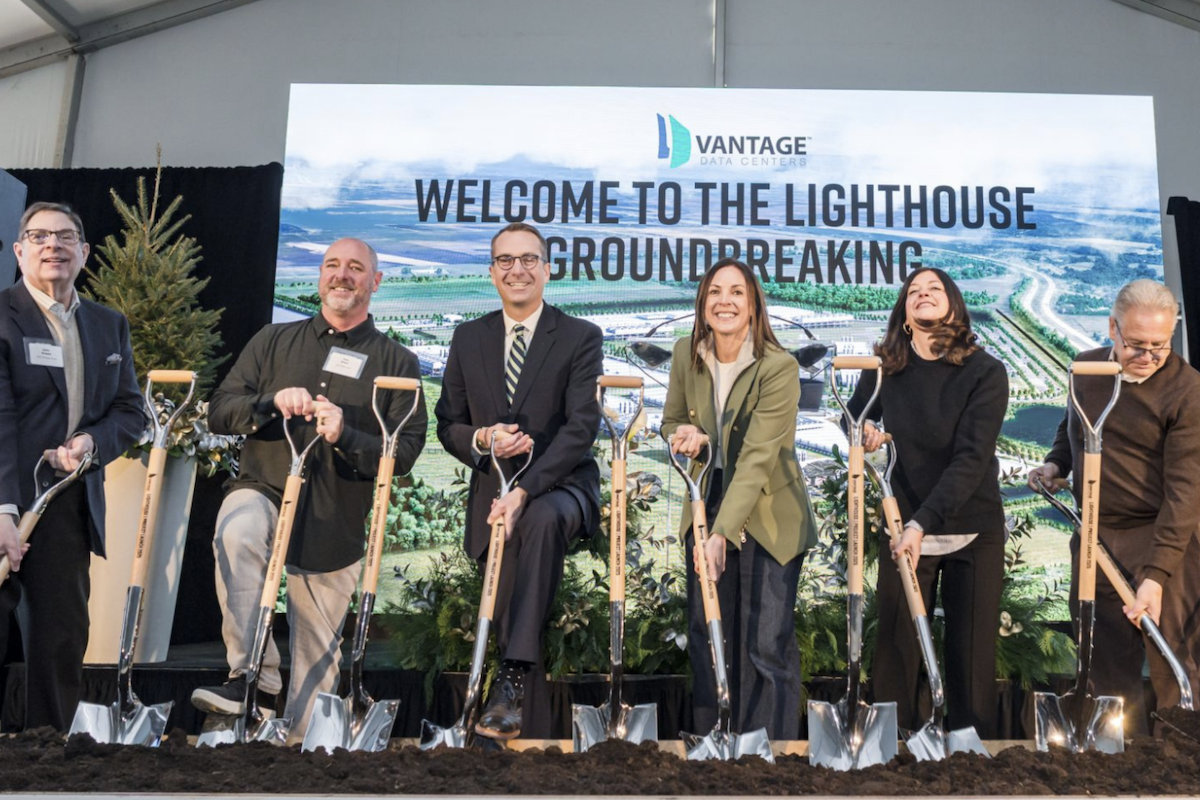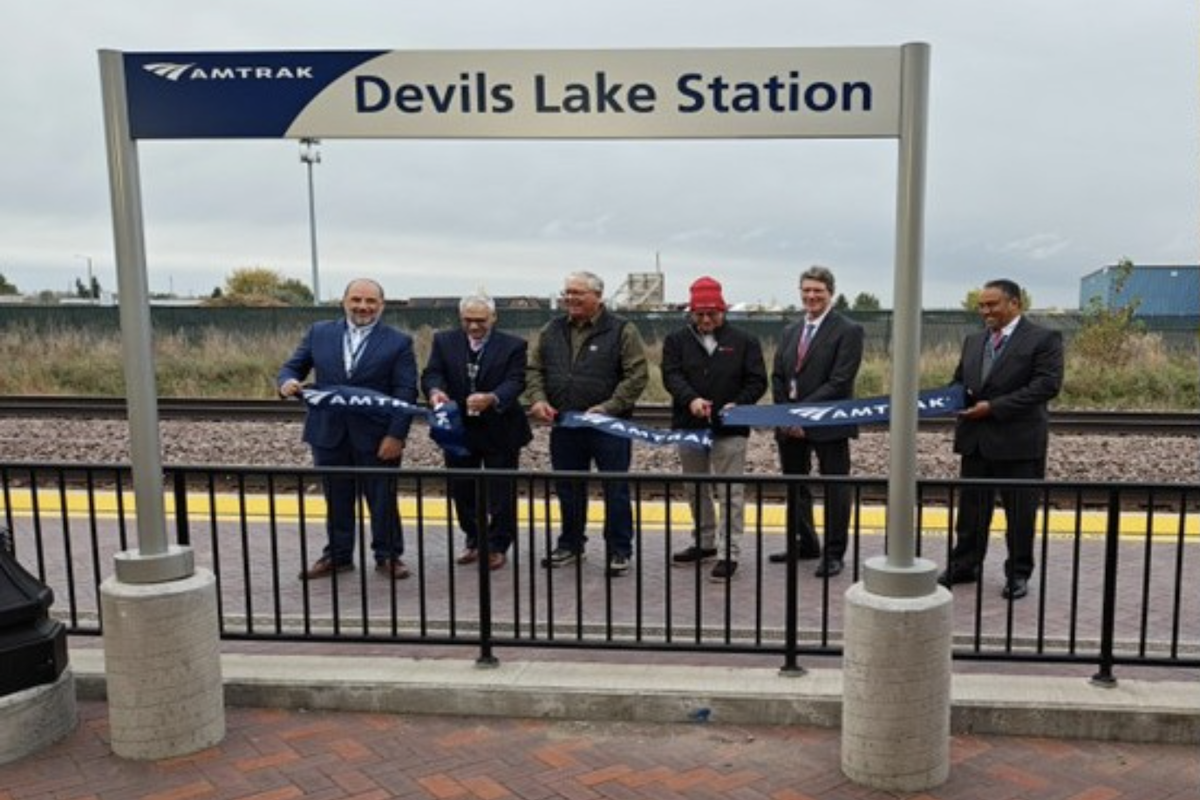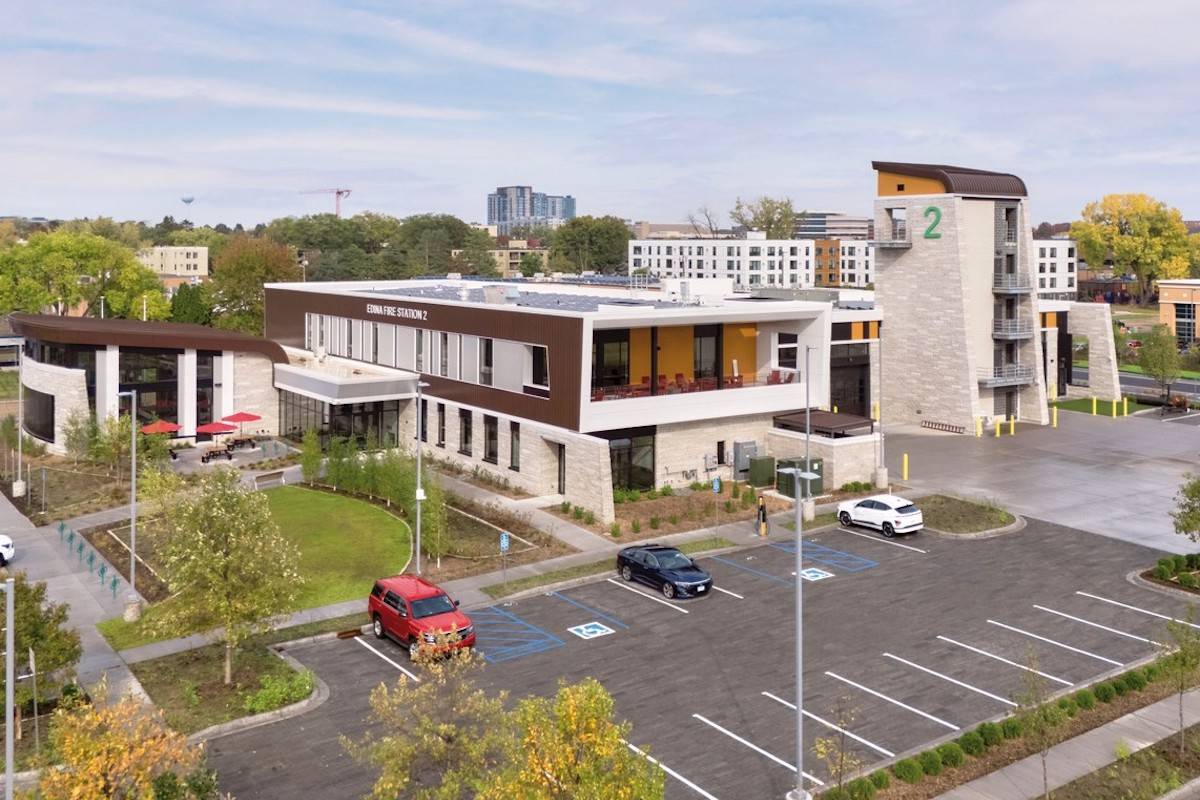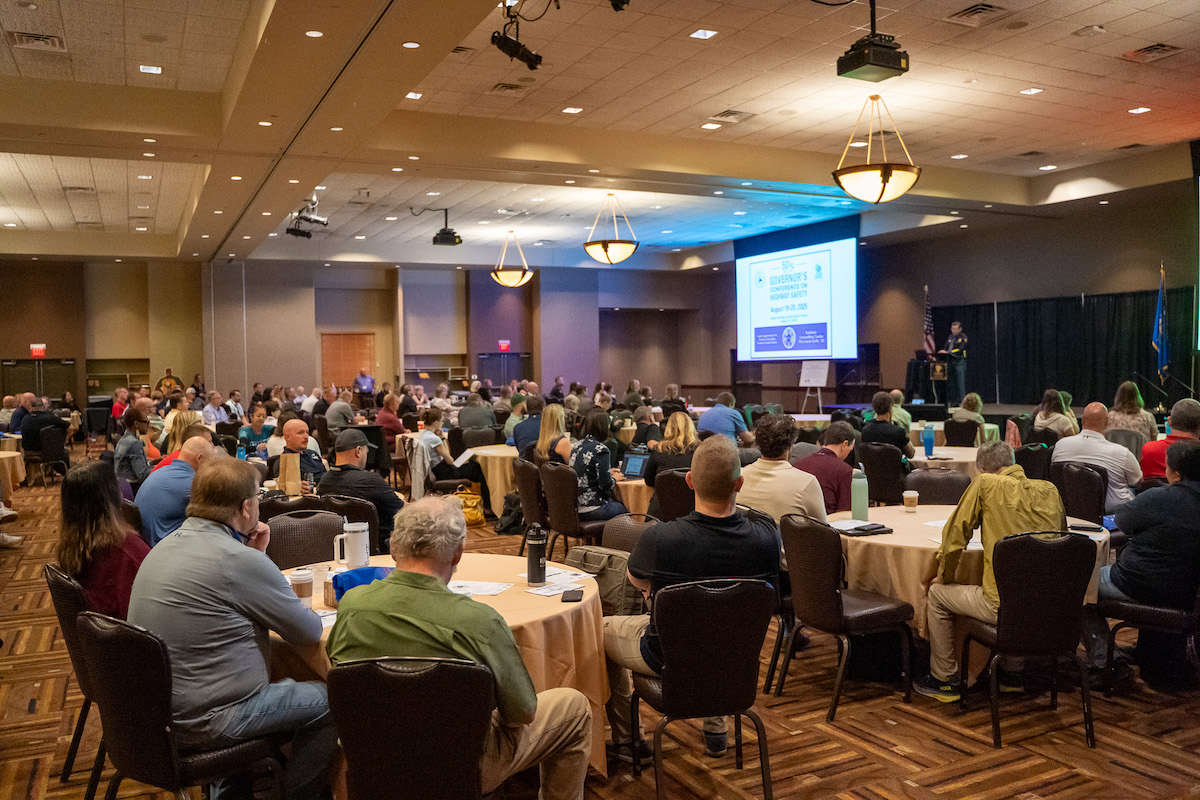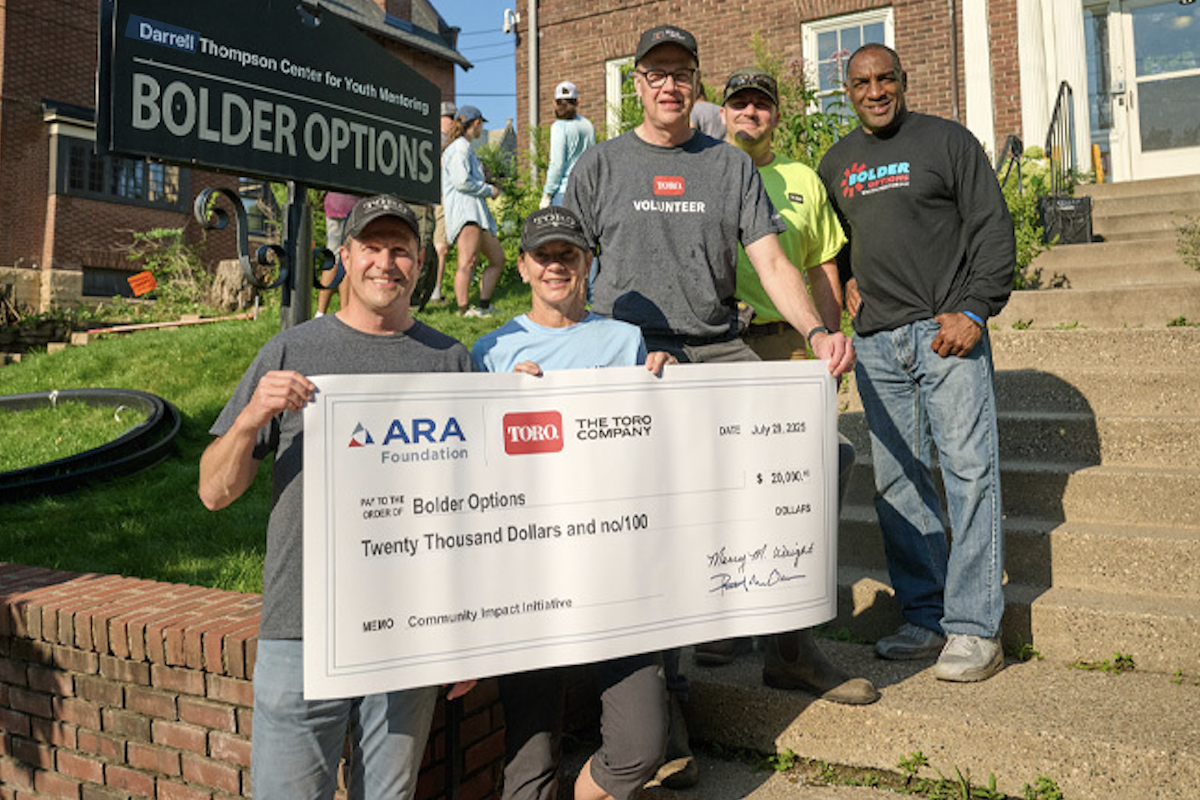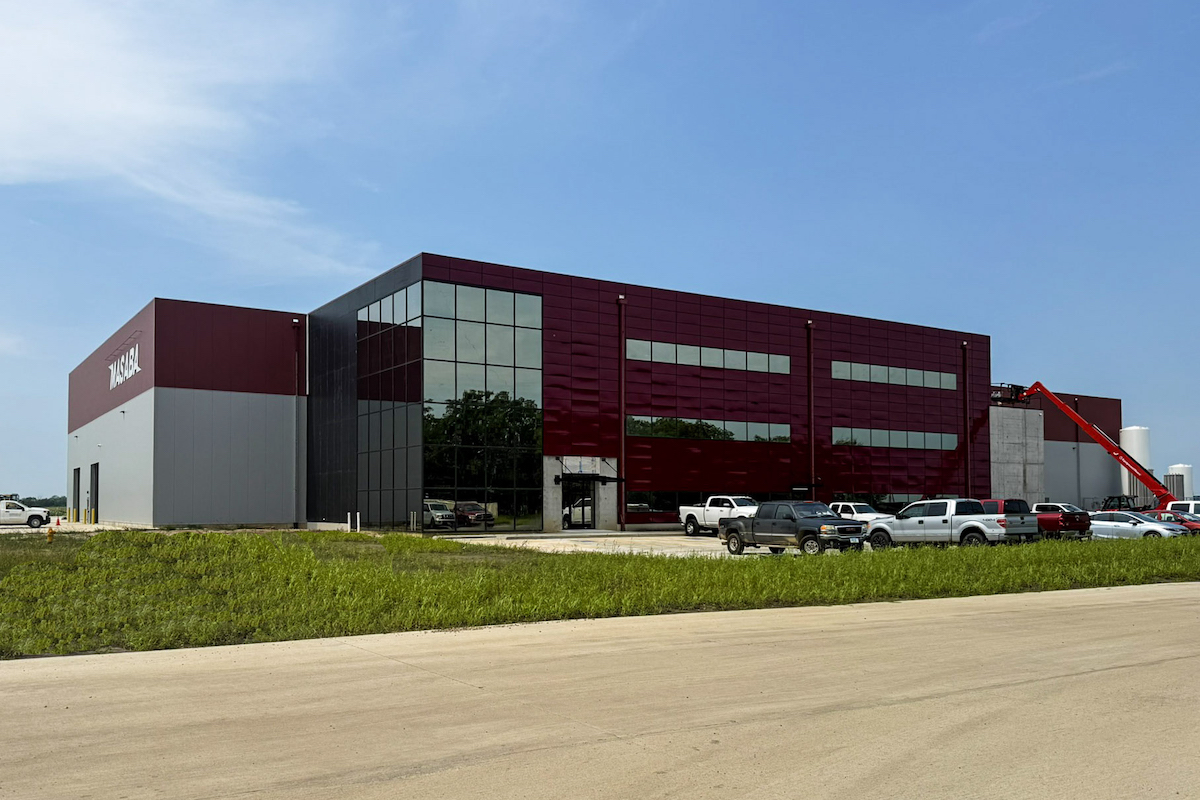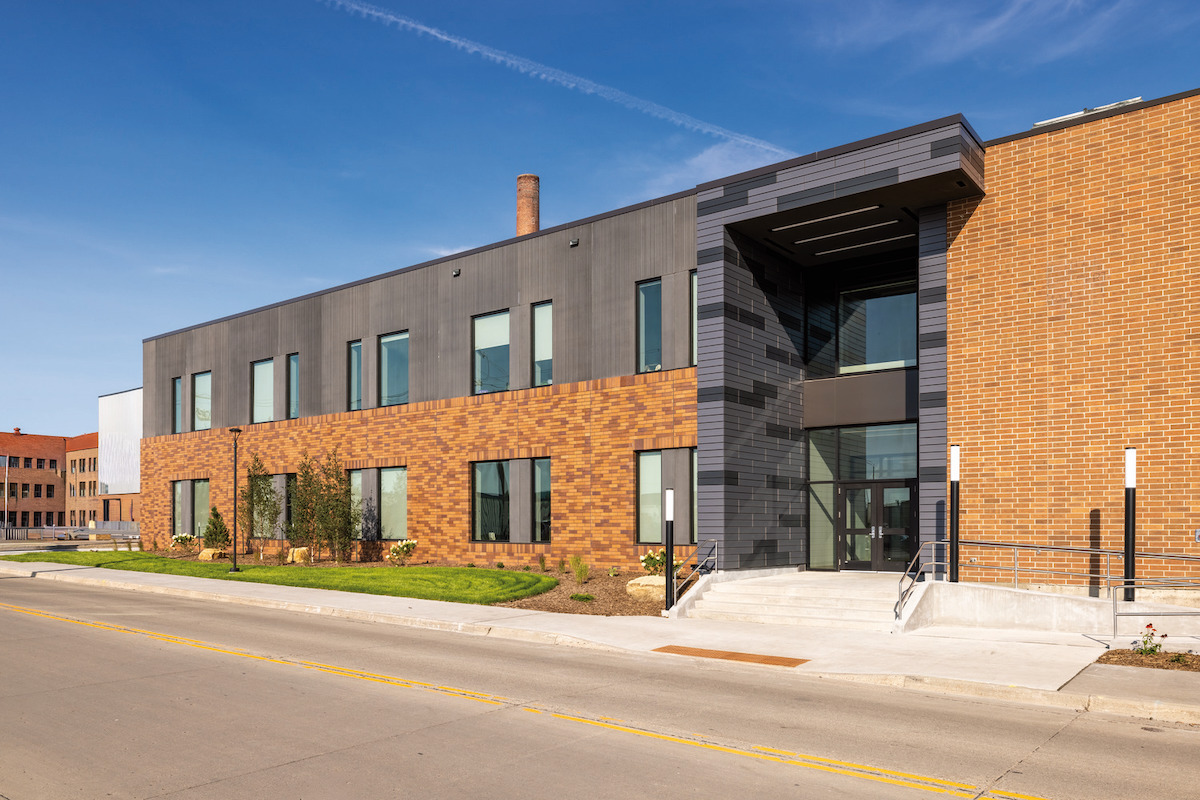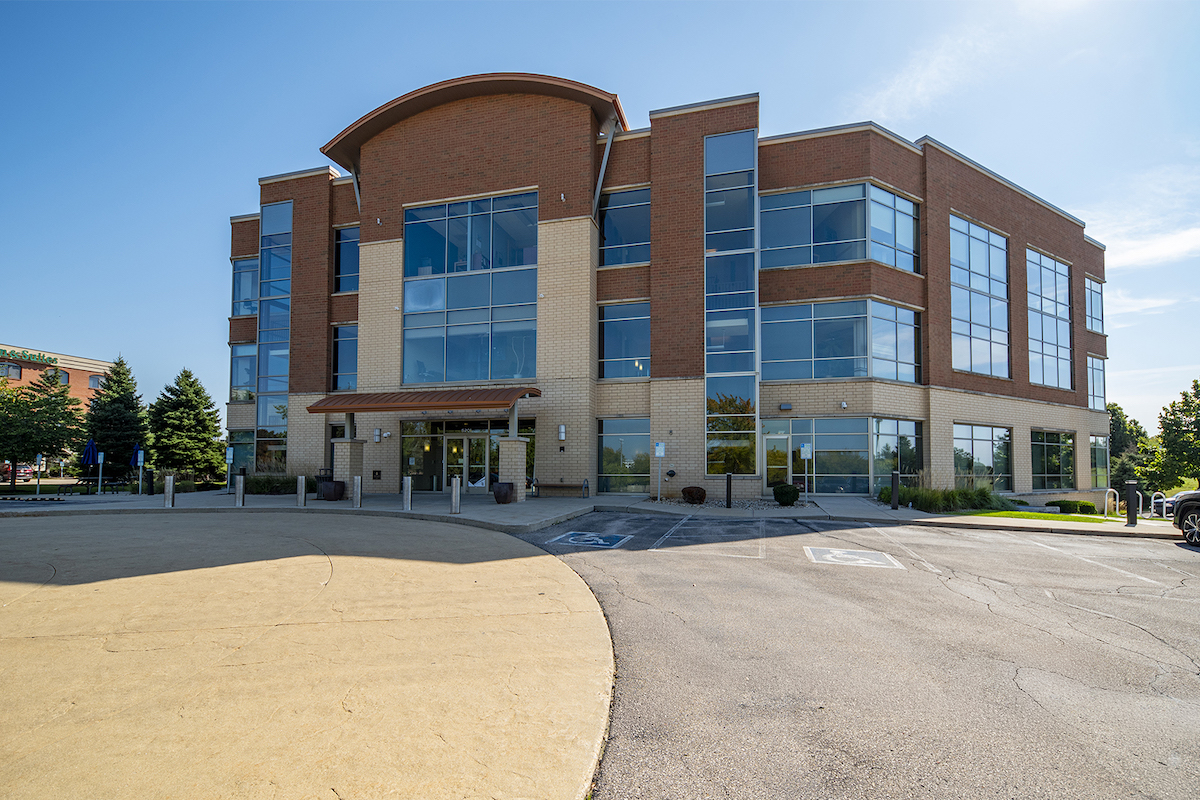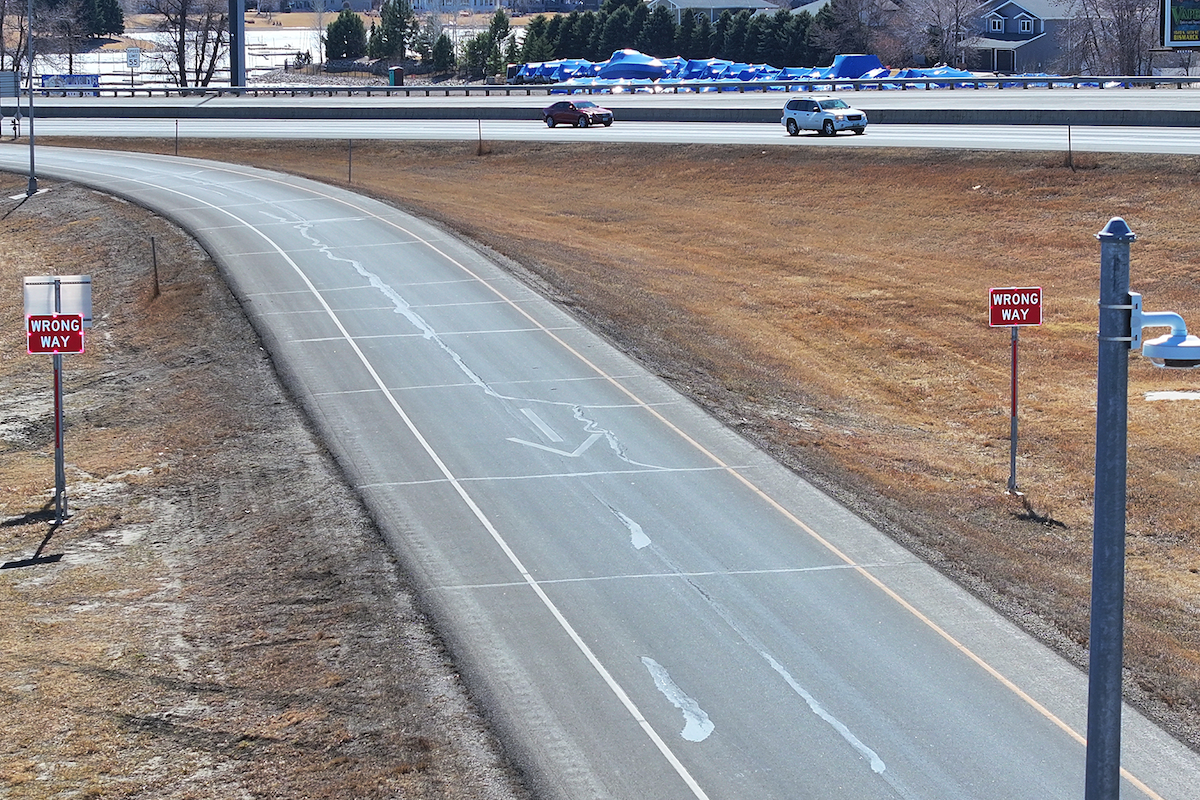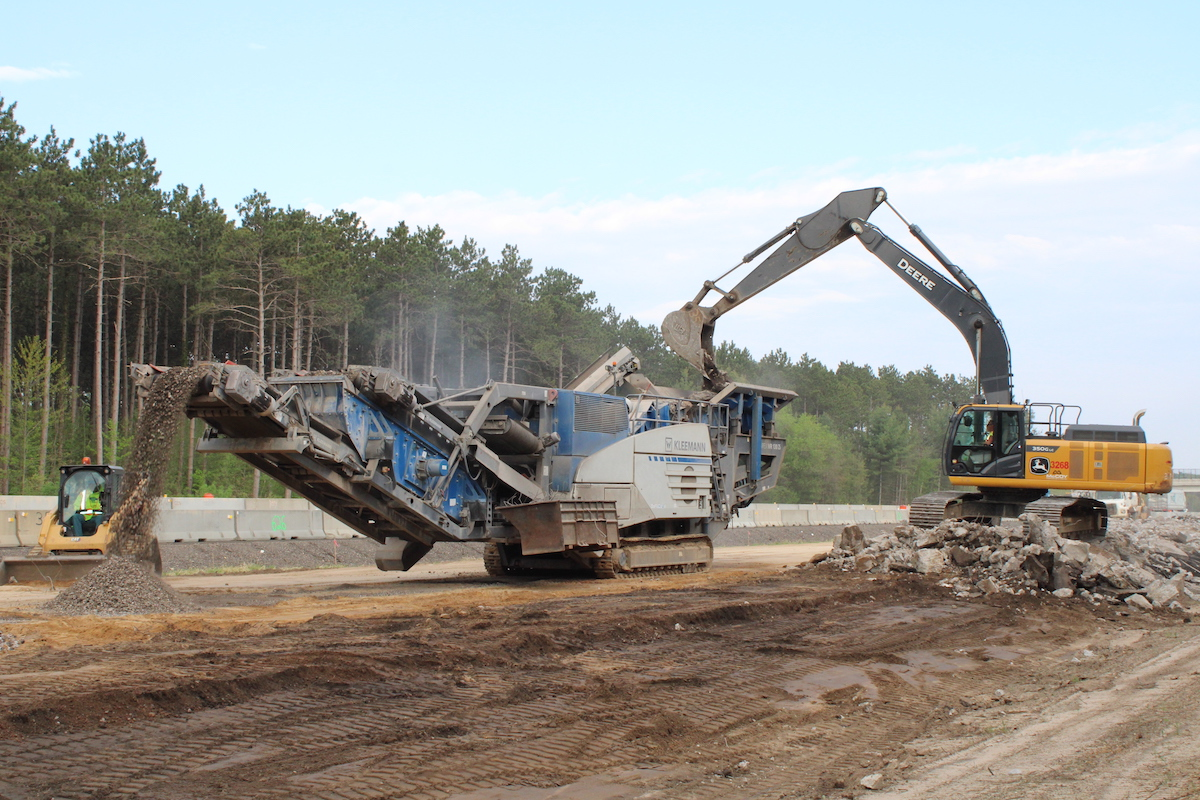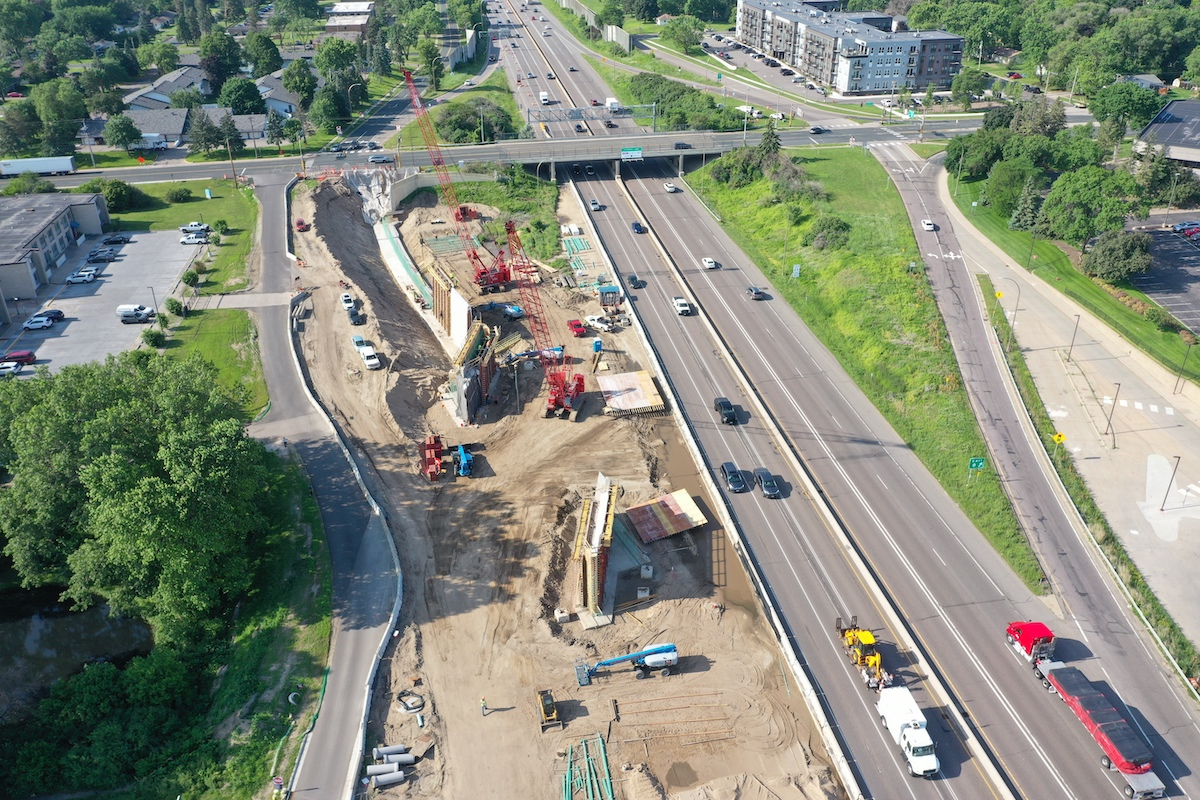“The use of the geocell technology is a highlight in its innovative use as base material for a roadway project in Louisiana,” said Erin Buchanan, Public Information Officer with the Louisiana DOTD.
Panels made of high-density polymer material, geocells expand and create a three-dimensional grid structure that can be filled with material and compacted, according to DOTD.
This area of the parish has experienced significant residential and commercial development in the last several years. In addition, motorists use this highway to cut through and connect to other parts of the parish. LA 3276, also known as Stonewall-Frierson Road, does not pass through any metropolitan areas. It is mostly rural residential. DOTD anticipates further development and increases to traffic on LA 3276.
“The improvement of this highway due to its increased traffic volume and prominence as a connector route in the northern portion of DeSoto Parish is [a] highlight,” Buchanan said.

| Your local Komatsu America Corp dealer |
|---|
| Road Machinery and Supplies Company |
LA 3276 carries much of that recently added traffic volume, which includes a large percentage of 18-wheeler truck traffic. More than 9,000 vehicles travel on this 4.6-mile stretch of LA 3276 daily. It has one lane in each direction, with turn lanes at certain intersections. This road will remain one lane in each direction after completion of this project.
“This roadway has seen a significant increase in commercial truck traffic over the last 10-plus years, and it’s crucial that this project was planned in a manner that takes into account the volume and type of traffic that LA 3276 is handling and projected to handle in the future,” Buchanan added.
The road has experienced base failures.
“Due to the increased heavy truck traffic, the roadway was deteriorating at a more rapid rate than other similar highways that don’t service the same type of and volume of vehicles,” Buchanan said.
“This is the first use of the geocell grid technology to make up the base of a roadway and was selected for this particular project due to the specific needs of LA 3276, both for base repair and load support,” Buchanan said. “The project managers researched and met with representatives of the company that manufactures the geocell before making the decision to utilize this material for LA 3276. The high-density polymer panels are designed for structural reinforcement when expanded, creating a grid framework that is filled with stone and compacted.”
A study conducted at the University of Kansas, led by Jie Han, Ph.D., concluded that “geocell-reinforced base courses reduced the vertical stresses at the interface between subgrade and base course, reduced permanent and creep deformations, increased elastic deformation, stiffness, and bearing capacity of base courses.”
University of Texas at El Paso researchers determined geocells should be used when low-quality material is present and that higher-quality infill decreases the benefits presented with geocells. This team recommended using a cover thickness greater than 3 inches and that geocell heights of 4 inches or 6 inches showed the greatest benefits of using the product.
Emergen Research of Surrey, British Columbia, Canada, reported in February 2024 that the global geocell market was more than $143 million in 2022, with the largest market segment being in North America, particularly the United States. The research company predicted geocell revenue to increase by a 5.9 percent compound annual growth rate to $255.9 million in 2032. The authors cite a “broad spectrum of applications, rapid urbanization, and booming construction sector” as factors responsible for the increase.
Work on LA 3276 began in April 2023, with the contractor making full-depth patching in predetermined portions of the project. This method repairs layers of the roadway to strengthen the existing pavement.
“Full-depth pavement patching extends beyond the driving surface, lengthening the service life of the roadway by providing repairs to all layers, including stabilizing the base,” Buchanan said.
Crews are working on 12-foot sections of the geocells at a time. The work entails placing the geocells and then spreading 6 inches of stone inside the geocell grid and 2 inches of rock on top of it to form the base. The team uses a material transfer vehicle to distribute the stone evenly on top of the geocell, according to John Paul Jones, Project Engineer with the Louisiana DOTD.
“The most challenging aspect of this project is that we are using a material system that is new to DOTD,” Jones said. “We have a learning curve on the installation and application of the geocell.”
Earnest Contracting paves over the stone atop the geocells with 6 inches of asphalt. The geocells will elevate the road, so all catch basins will be reinstalled at a new height. The driveways will be adjusted, so the driveways seamlessly tie into the roadway.
The project includes drainage work, curb and gutter, permanent signage, and striping installation. There were no environmental concerns, Jones said.
During construction, the lane widths were reduced to 10 feet. The traffic management plan includes intermittent lane closures and flagging operations as crews work on placing the geocells and stones and paving the road.
DOTD expects completion of the project in the middle of 2025, depending on weather and other factors that could alter the construction timeline. The department anticipates motorists who travel on LA 3276 regularly will be pleased with the outcome.
“This project is one that the local community has been waiting on for quite some time, and [it] has been in development for several years,” Buchanan said. “It is always exciting to be able to deliver a transportation improvement project that has been heavily anticipated by the residents who are most impacted.”
Photos courtesy of Louisiana Department of Transportation & Development

























